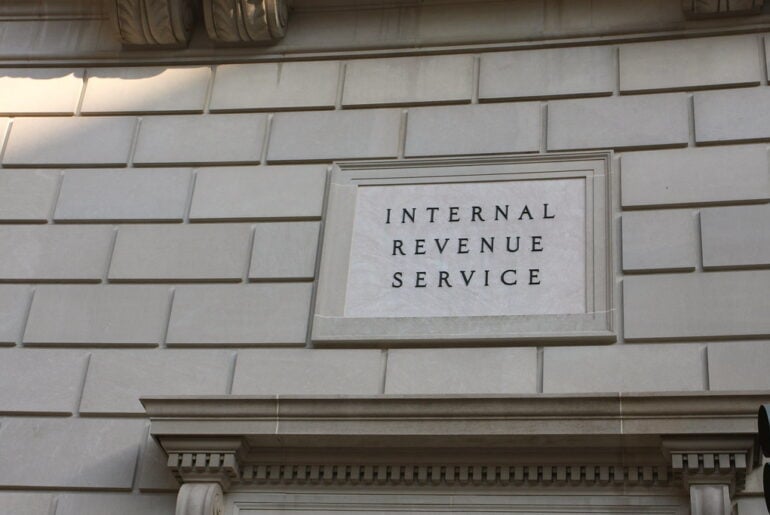On January 11, 2018, the IRS issued Notice 1036, which provides the percentage method tables for income tax withholding in 2018. Key developments include:
- The flat withholding rate on supplemental wages, such as equity awards, of $1 million dollars and under a year is now 22% – down from 25%.
- As anticipated, the mandatory supplemental withholding rate for compensation in excess of $1 million is now 37% – down from 39.6%.
- The backup withholding rate on certain payments to taxpayers who have failed to provide a taxpayer ID number (e.g., on stock sales in the absence of a Form W-9/W-8BEN) is now 24% – down from 28%.
Prior to the IRS’s issuance of Notice 1036, there was ambiguity as to the withholding rate that would apply to 2018 supplemental wages of $1 million and under after the enactment of the Tax Cuts and Jobs Act (the TCJA). The Notice states that employers should implement the new withholding rates as soon as possible, but no later than February 15, 2018.
Impact on Form W-4
Based on the FAQ that the IRS issued in connection with the Notice, the new withholding tables are designed to work with the Forms W-4 that employees already have on file with their employers. However given the new tax withholding rates, it may be necessary for an employee to change the number of withholding allowances selected on their existing W-4. The IRS is also revising Form W-4, but they have not indicated when the revised form will be released. Employers can use the new forms when issued, and the IRS has stated that they will work with employers to encourage employees to file new Forms in 2019.
Potential for Under-Withheld Employees
Decreasing supplemental withholding to 22% could result in employees having significant income tax obligations due at the time they file their tax returns – particularly high earning employees. Democratic legislators have also raised broader concerns that the withholding tables could result in under-withholding in 2018. Sen. Ron Wyden (D-Ore.) and Rep. Richard E. Neal (D-Mass), the ranking members of the Senate Finance Committee and House Ways and Means Committee respectively, have asked the Government Accountability Office to investigate whether the 2018 withholding tables will result in systematic under withholding of wages that will cause taxpayers to owe significant amounts of tax upon filing their tax returns. The two Democrats also sent a separate letter to the acting IRS commissioner requesting detailed information on the development of the withholding tables and proof that there was no political influence on their formulation.
Although it is unclear whether these efforts could result in changes to the released withholding tables, employers should consider notifying employees to review the sufficiency of their tax withholdings in 2018 in view of the anticipated impact of the TCJA on their overall tax liability for the year.
Financial Accounting Considerations
As a reminder, given recent changes to the accounting rules for equity compensation, it is possible for employers to use a withholding rate higher than the minimum statutory rate for net share withholding to satisfy the tax withholding obligations arising under an equity award, so long as the withholding rate does not exceed the highest rate in the jurisdiction applicable to the employee. Therefore, to avoid potentially adverse accounting consequences, employers withholding shares to cover taxes should ensure that they are not using a rate that exceeds the new maximum statutory rate of 37%.







